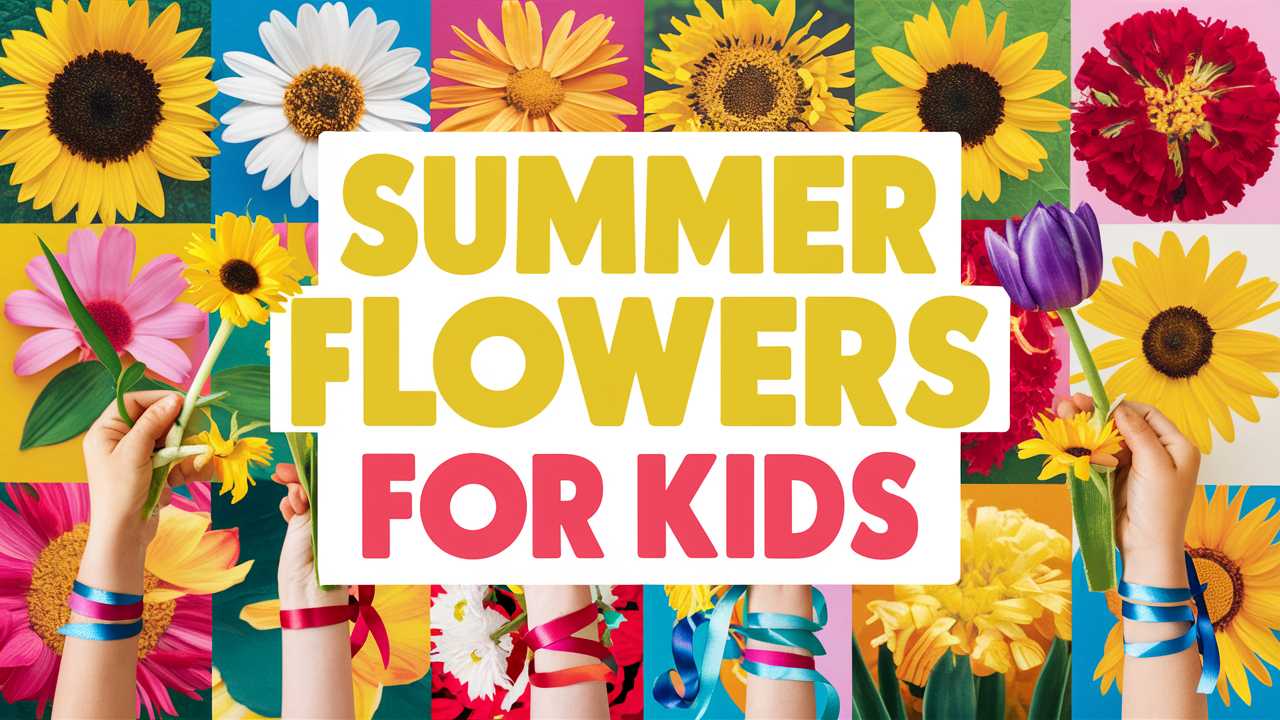Summer blooms with vibrant colors and delightful fragrances, providing an incredible opportunity for children to explore nature. Flowers not only beautify our surroundings but also serve as educational tools that can captivate young minds. Let’s delve deeper into 25 summer flowers that are perfect for kids to discover, learn about, and enjoy.
Sunflower
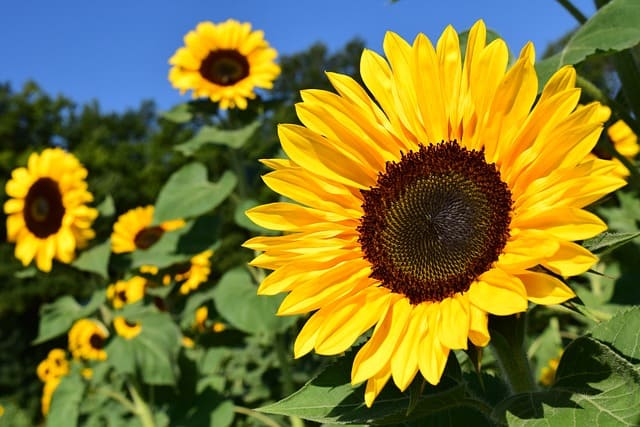
Sunflowers are a classic summer flower that appeals to children’s sense of wonder. Their towering presence makes them fun to measure; kids can embark on a “Sunflower Growth Challenge” where they chart the height of sunflowers over time. This project fosters responsibility in caring for living plants as children learn about the necessary sunlight, water, and nutrients that sunflowers need to thrive. Moreover, sunflowers have seeds that can be harvested, providing an excellent opportunity for children to learn about nutrition and the edible aspects of flowers. Kids can enjoy roasting sunflowers seeds as a tasty, healthy snack or use them in craft projects to create bird feeders.
Zinnia
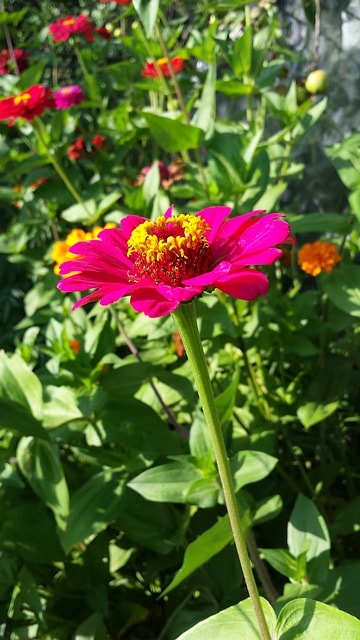
Zinnias are loved for their bright, cheerful colors and sturdy growth, making them perfect companions for children who are just starting to garden. These flowers bloom in various shades, including pink, orange, red, and yellow, enabling kids to create a color chart and explore concepts like color mixing and biodiversity. Zinnias are also known to attract butterflies and bees, which can turn into an educational journey for kids to learn about pollinators. Children can engage in art projects like painting pots or making name tags for the zinnias they plant, allowing them to express their creativity while nurturing the plants.
Marigold
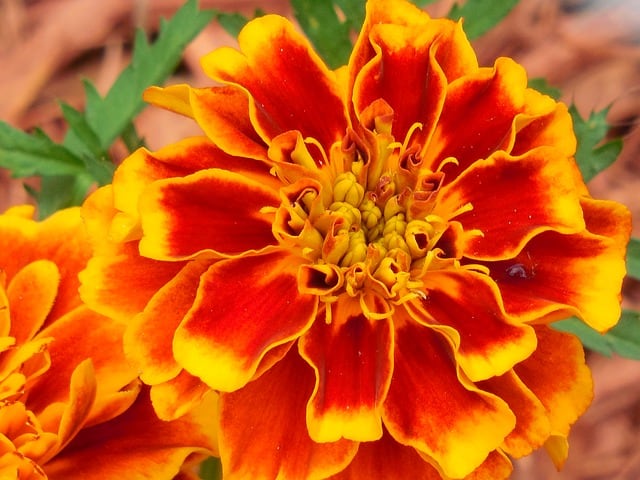
Often referred to as the “friendship flower,” marigolds are ideal for children to grow thanks to their resilience. A hands-on activity could involve planting marigold seeds in a small pot or garden bed and observing their rapid growth and vibrant blooms. Marigolds possess pest-repelling properties, making them teachable moments about organic gardening. Kids can learn about companion planting, understanding which plants benefit one another in a garden ecosystem. Additionally, children can explore how marigolds have been used in traditional cultures for celebrations and healing, providing insights into the historical significance of this common flower.
Daisies
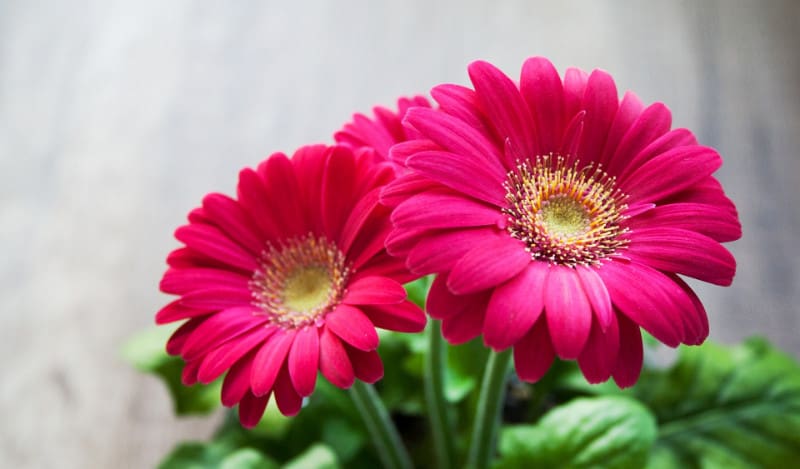
Daisies evoke playful feelings of childhood with their simple and charming presence. Children can engage in crafting daisy chains or flower crowns, stimulating their fine motor skills while encouraging creativity. Exploring the symbolism of daisies, which represent purity and innocence, allows for deeper discussions about nature’s meanings. Kids can also investigate the different types of daisies, such as the common garden daisy and the more exotic Shasta daisy, promoting a love for diversity in nature. In addition, touch on the ecological importance of daisies in their roles as a food source for various insects and birds.
Coneflower
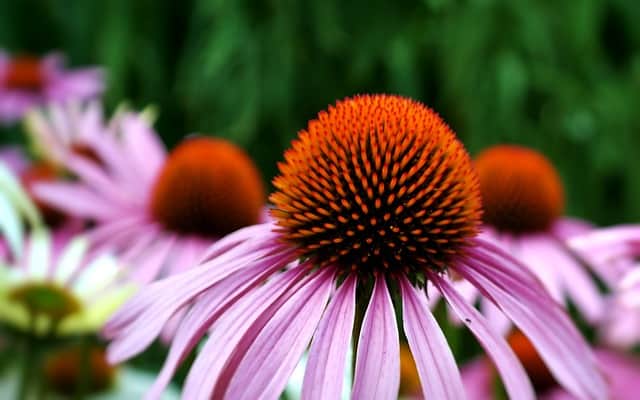
Coneflowers, particularly the purple echinacea, are not only stunning but also robust. These flowers can teach lessons about resilience and adaptation, as they thrive in various soil conditions. Kids will be excited to know that coneflowers are also associated with medicinal properties, particularly in herbal medicine as immune boosters. Engaging with coneflowers provides a perfect opportunity to delve into the concept of herbalism, teaching kids to appreciate the flower’s benefits beyond aesthetics. This can segue into activities such as creating herbal teas, where children can learn about steeping and experimenting with flavors.
Lavender
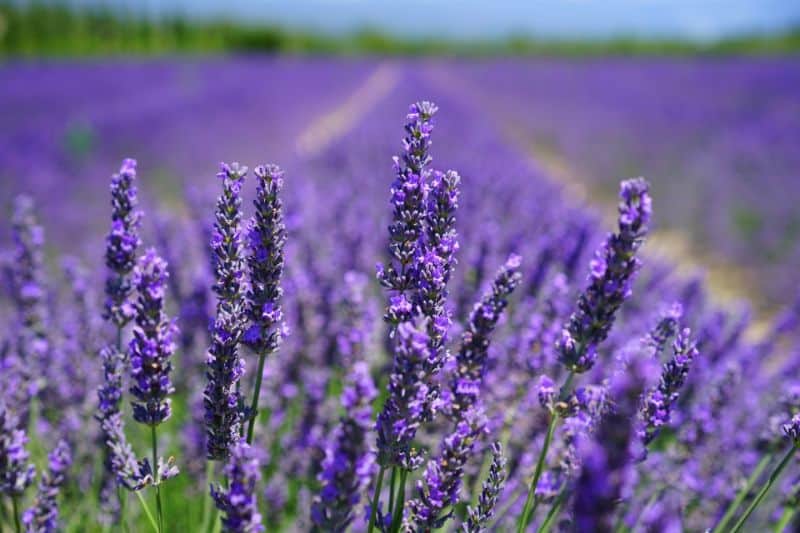
Lavender’s soothing scent is frequently associated with relaxation and calm, making it an ideal plant for children to learn about sensory experiences. Kids can explore the significance of scents in nature and how they affect emotions and moods. Incorporating lavender into craft projects, such as making sachets or homemade potpourri, allows children to use their sense of smell further while engaging in practical activities. Plus, lavender is known for its numerous health benefits, leading to explorations about its historical uses in aromatherapy and wellness practices. Children can also plant lavender in the garden, learning about its drought-resistant properties and the importance of water conservation.
Petunia
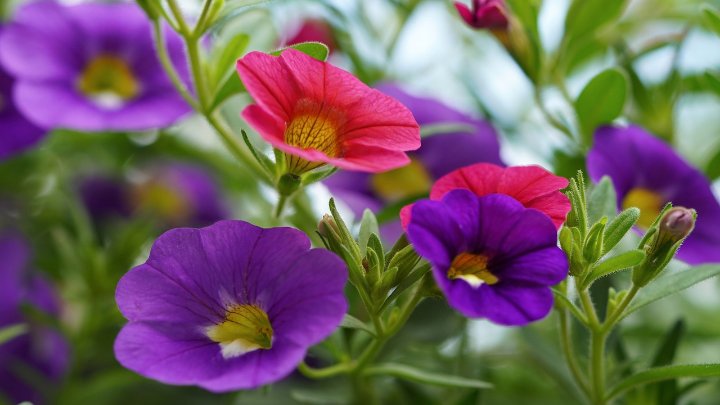
Petunias are vibrant and versatile flowers that bloom abundantly through the summer months, making them ideal for kids who love colorful gardening. Their wide variety of colors and patterns provides a great opportunity for sensory explorations. Children can collect petunia flowers in different hues to create art projects, such as flower prints and collages. These flowers also attract helpful pollinators like bees and butterflies, enabling lessons about the importance of these creatures in our ecosystem. Kids can create an observation journal to document the different insects they see visiting petunias, significantly enhancing their understanding of biodiversity.
Pansy
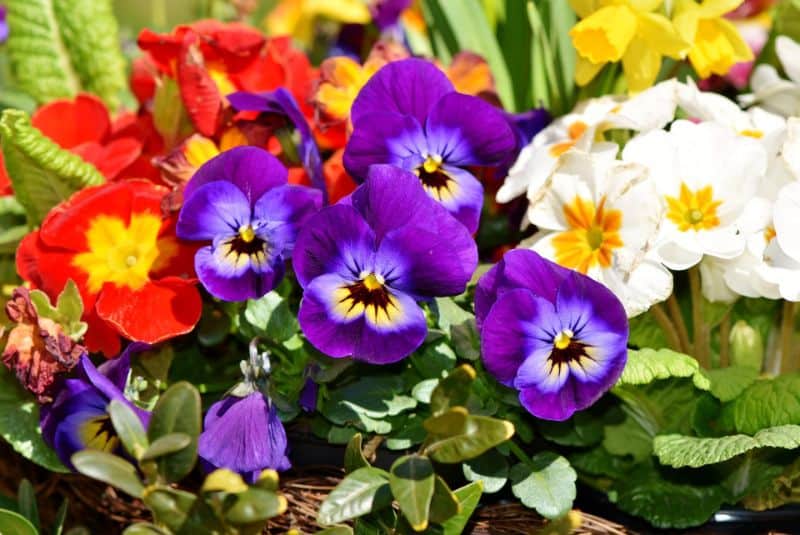
Pansies’ charming, face-like blooms captivate children and encourage creativity. Kids can engage in garden activities, learning to plant pansy seeds or seedlings and discovering how to care for them. Due to their edible nature, children can experiment by adding pansies to salads or creating decorative desserts. This exploration of edible flowers will introduce kids to concepts in botany and nutrition, reinforcing healthy eating habits. Craft-wise, children can be encouraged to create pressed flowers or paint their pots, allowing a merging of gardening and artistic expression.
Bee Balm
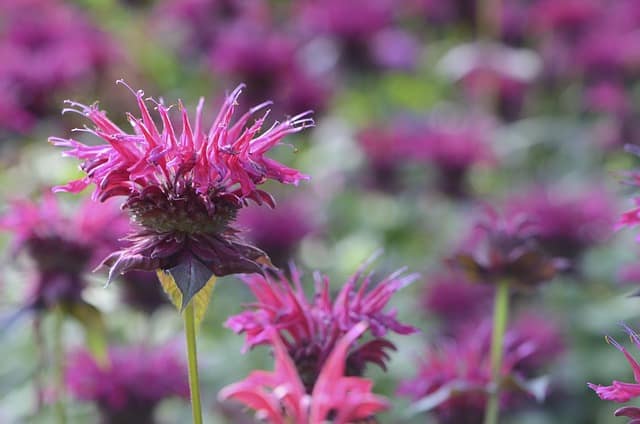
Bee balm not only looks stunning with its bright colors, but it also serves as an essential element in supporting local biodiversity. This flower is known for attracting butterflies, bees, and hummingbirds, making it a fantastic choice for gardens. Kids can be involved in creating a bee-friendly space in their backyard and learning about the importance of pollination. Craft projects such as making bee hotels or planting wildflower mixes that complement bee balm can enrich the learning experience. Observing the buzz of bees as they hover around the flower can spark a sense of wonder for nature and its intriguing workings.
Black-eyed Susan
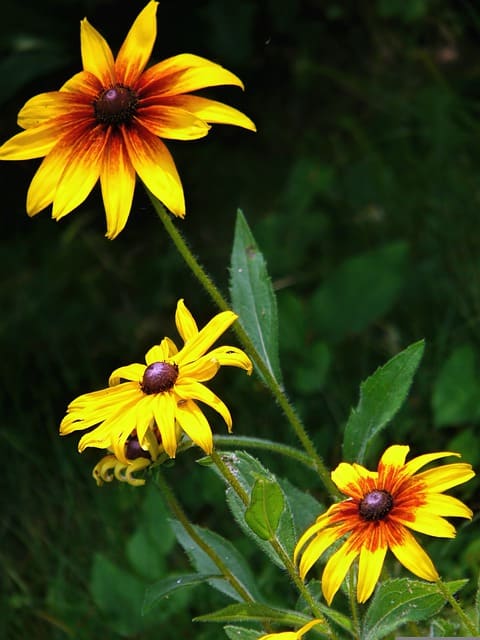
The bright yellow petals of black-eyed Susans create a cheerful atmosphere in the garden. These flowers are not only easy to grow but also teach kids about bloom cycles and seasonal changes. A fun project could involve creating a seasonal calendar, marking when black-eyed Susans first bloom and when they fade away. They are known to attract birds and butterflies, providing an excellent opportunity for children to explore wildlife observation. Kids can be given the task of spotting different species visiting the flowers, perhaps keeping a checklist or sketching the creatures they observe.
Gladiolus
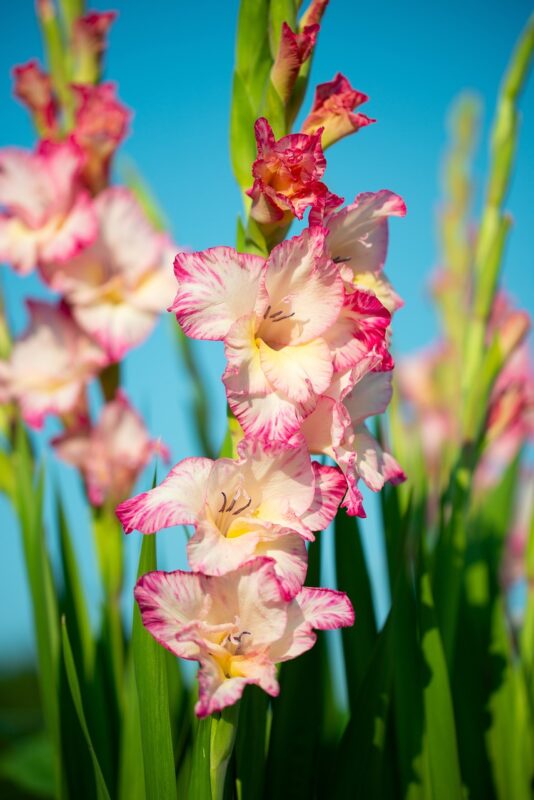
Gladiolus brings height and drama to gardens with their tall spikes and colorful blooms. These flowers can inspire children to take interest in cut flower arrangements. Kids could be taught how to arrange flowers for special occasions, allowing them to express creativity and learn some basic design principles. Growing gladiolus from corms can lead to discussions about plant anatomy and growth methods, showing children the life cycle of flowers in greater depth. Additionally, children can be encouraged to celebrate family milestones by using gladiolus for centerpiece decorations, fostering connections between nature, creativity, and family traditions.
Sweet Pea
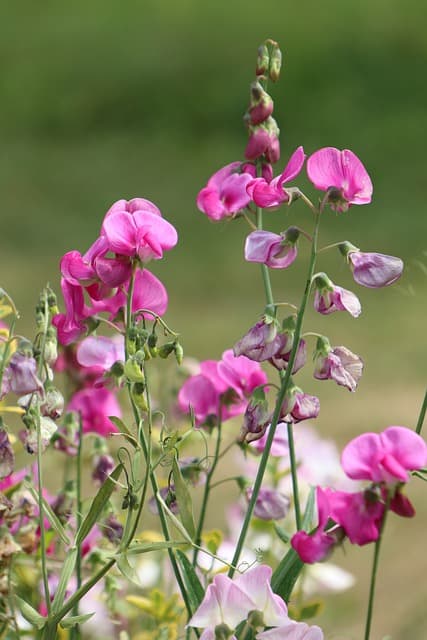
Sweet peas are adored for their delightful fragrance and pretty flowers. Engaging kids in gardening this flower can involve planting seeds together and then illustrating its climbing nature as it grows. Kids can learn about different climbing plants and how they support each other, facilitating learning about cooperation and growth. Sweet peas can also be used in cooking, inspiring young chefs to experiment with inventive dishes. Engaging children in gardening and culinary projects offers an enriching combination of practical life skills and lessons about where food comes from.
Hollyhock
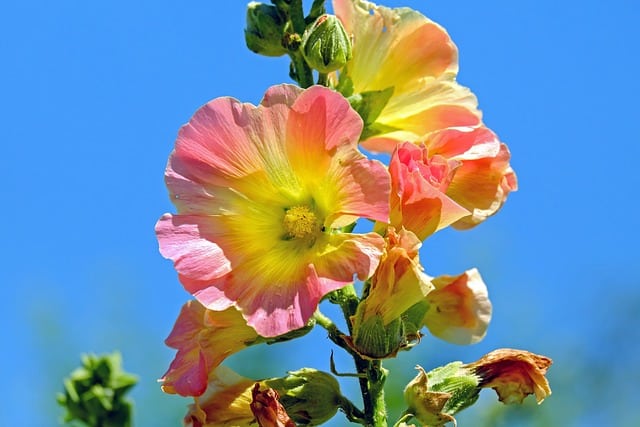
With their tall stature and large blooms, hollyhocks create an enchanting visual display in any garden. Growing hollyhocks can lead to discussions on flower heights and how plants evolve to adapt to their environments. Kids can explore artistic avenues, such as painting or drawing the flowers at various stages of bloom. Creating a journal to document their progress can encourage patience and attentiveness. Hollyhocks also attract pollinators, allowing children to learn about the vital role bees and butterflies play in supporting flourishing ecosystems, emphasizing the importance of conserving these creatures.
Cosmos
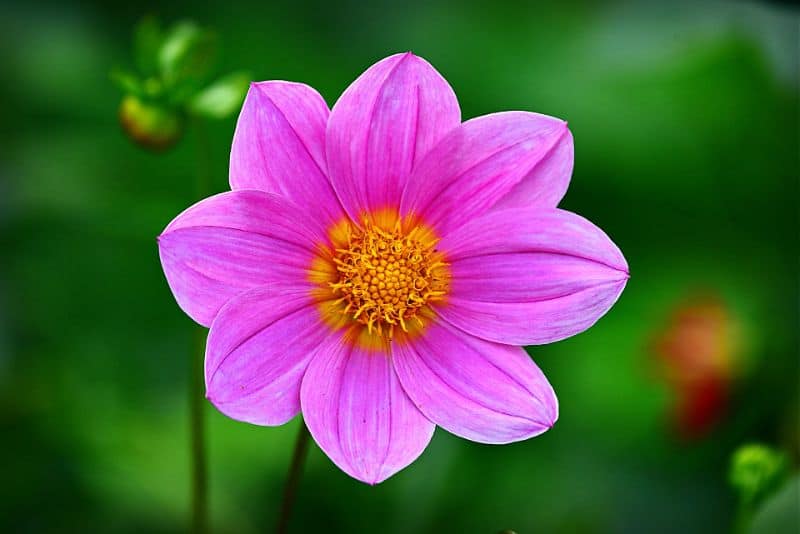
Cosmos flowers, with their gentle, feathery look, offer an excellent introduction to gardening for kids. They are easy to grow from seeds, fostering pride in nurturing plants from start to finish. A fun project could involve creating a cosmos flower diary, where children document their growth over time, including daily observations of changes and developments. Cosmos are known for attracting butterflies and bees, presenting opportunities for children to delve deeper into the role of these insects in pollination and ecosystem health. Through engaging in nature walks, kids can explore local flora and fauna, connecting their home gardens to nature as a whole.
Butterfly Bush
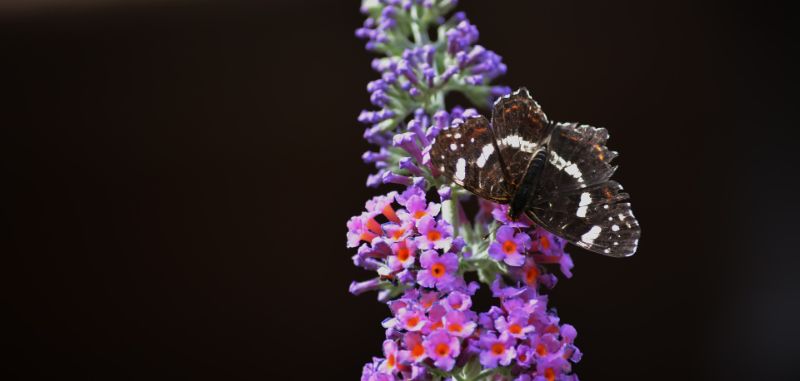
True to its name, the butterfly bush is a flowering shrub that is particularly inviting to butterflies. This flower provides a stellar starting point for a summer science project: an insect observation journal. Kids can record the different species of butterflies visiting the bush. Butterfly bushes are easy to care for, allowing children to take on gardening responsibilities while witnessing the vibrant life surrounding their garden. They can also learn through hands-on experiences about plant care, watering, and pruning while getting close to nature.
Dandelion
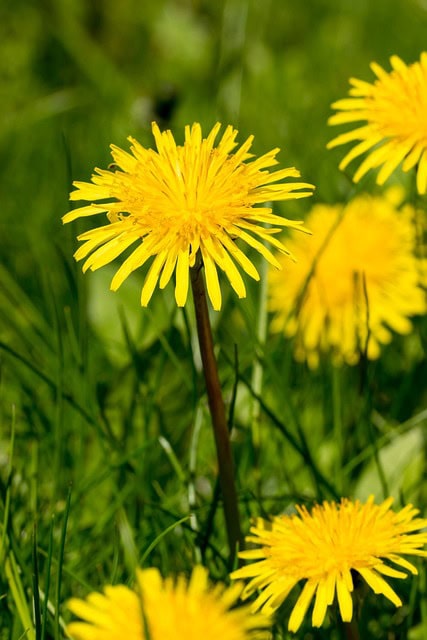
Often overlooked as a weed, dandelions are actually versatile and delightful flowers that offer numerous lessons for kids. Dandelion gardens can serve as real-world biology lessons, with explorations of their lifecycle, seed dispersal mechanisms, and benefits to local wildlife. Engaging kids in activities like making dandelion salves or teas opens up avenues for culinary exploration and herbal medicine. Plus, kids can learn about the art of foraging and sustainability: how to harvest without harming the environment. The bright yellow blooms also serve as a brilliant introduction to the concept of edible flowers, showing children that not all “weeds” are undesirable.
Peony
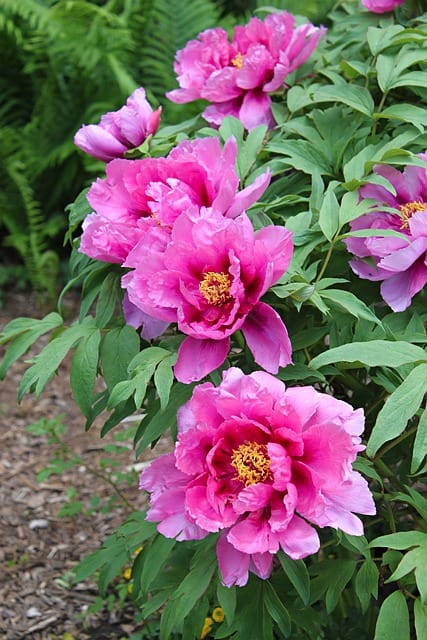
Peonies are luxurious, robust flowers that can add splendor to any garden. With their thick petals and enchanting scents, they captivate children and adults alike. Kids can learn about different varieties and their unique growth preferences, including sunlight needs and soil conditions. They can participate in the nurturing process by watering and mulching their peony plants, developing a fundamental understanding of plant care. In addition to traditional flower arrangements, children can engage in creative activities like pressing peonies or creating mother’s day gifts, turning their appreciation of these blooms into heartfelt crafts.
Orchid
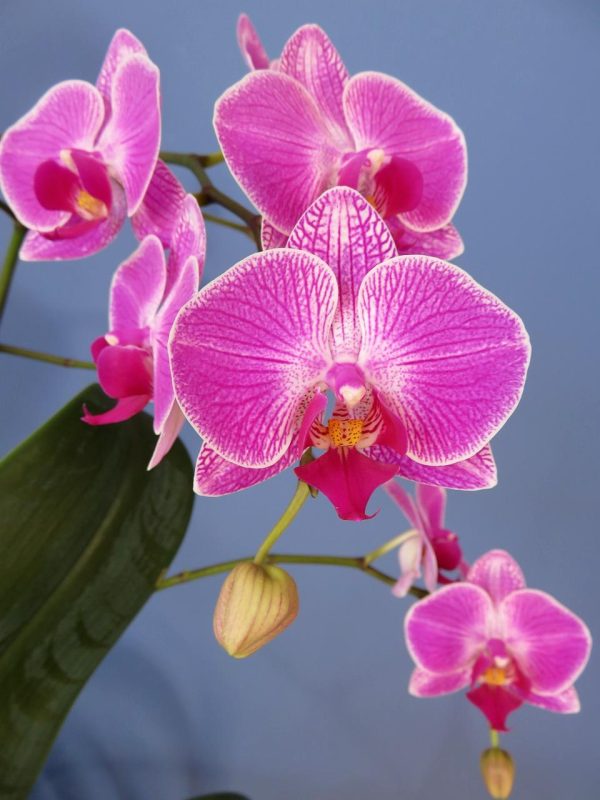
Orchids can seem like exotic creatures in the flower world, making them intriguing for kids. Teaching children about the diverse species of orchids and their unique growth conditions introduces children to the expansive world of botany. Engaging kids in simple orchid care, such as watering and ensuring proper light exposure, can help instill a sense of responsibility. Crafts can involve creating “plant travel journals” where kids document their orchids’ growth, phenomena they notice, and care routines. Kids can explore the scientific marvels of orchids, learning about symbiosis with fungi in their ecosystems, showcasing how interconnected our world truly is.
Morning Glory
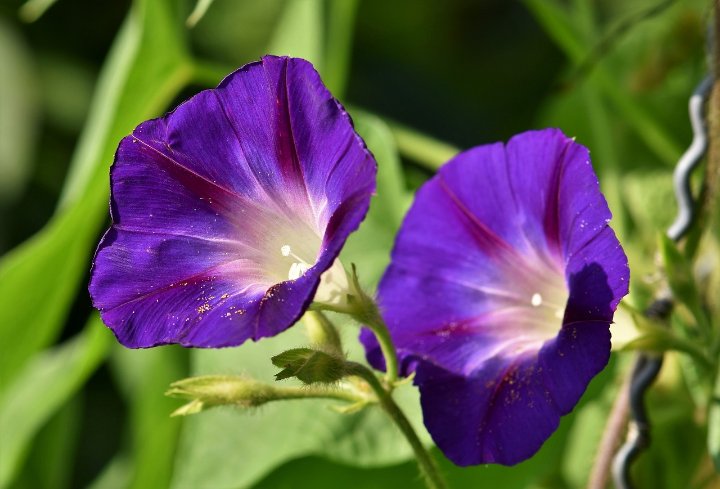
Morning glories are enchanting, climbing plants that produce eye-catching trumpet-shaped flowers that open each morning. Kids can enjoy the magic of discovering how their flowers bloom and fade each day, making them wonderful candidates for daily observations. Planting morning glories on a trellis can teach children about providing support structures in gardens, introducing concepts such as vertical gardening. With their beauty, morning glories can inspire delightful activities such as crafting and storytelling, as children create stories or painting projects surrounding magical fairies and garden creatures who inhabit the morning glory vines.
Fuchsia
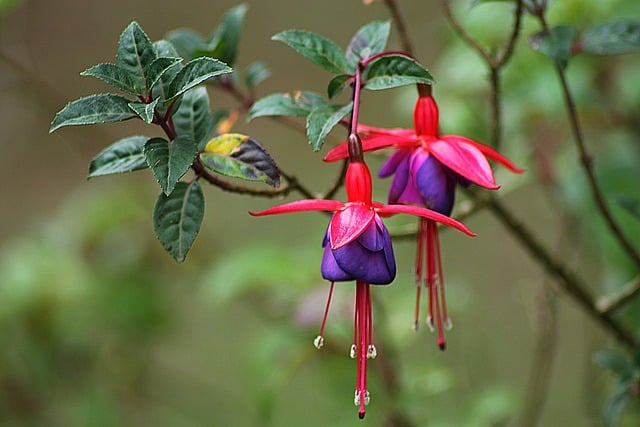
Fuchsias are captivating flowers with their unique, drooping petals that seem to sway with the breeze. Kids can engage in gardening by planting fuchsia seedlings in colorful pots, taking care to ensure they receive the right amount of water and sunlight. The vibrant colors and unusual shapes can inspire imaginative play as children create fairy gardens or whimsical floral arrangements. Kids might also enjoy learning about the diverse fuchsia species and their habitats, promoting an appreciation for biodiversity. Through drawing and painting, children can express their love for these charming flowers, perhaps even staging a little “flower fashion show” using their creations.
Gladiolus

Gladiolus commands attention with its spear-like flower spikes, making it an excellent choice for children interested in flowers. Kids can create a gladiolus planting calendar, tracking when they should plant, nurture, and harvest these grand blooms. The unique shape of gladiolus can prompt discussions about geometry in nature and symmetry. Children can also engage in the art of flower arranging, showcasing how to create bouquets with gladiolus and other flowers from their gardens. Hosting a small flower show can help them cultivate social skills while sharing their garden’s bounty with friends and family.
Scabiosa
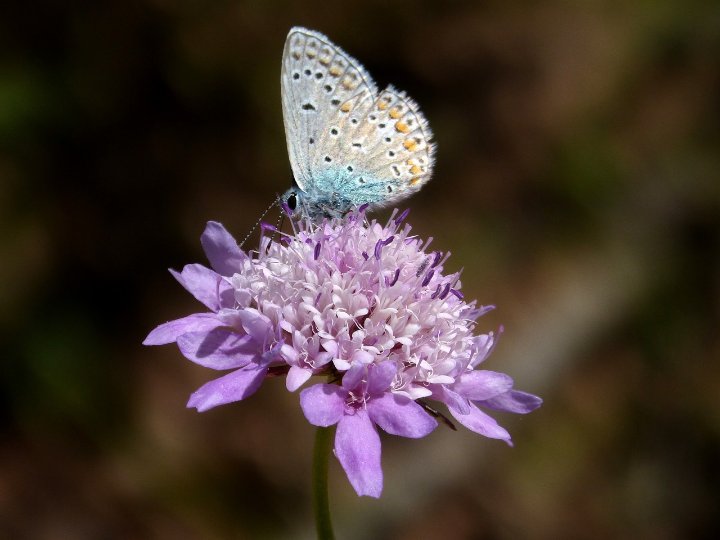
Scabiosa, or pincushion flower, offers a playful shape that can delight children and stimulate creativity. Kids can use their unique blooms in artwork, crafting imagery like flower stamps or creating abstract impressions using natural materials. Children can learn about the various species and their characteristics, diversifying their knowledge about plant families. Furthermore, scabiosa attracts important pollinators, allowing for exploration and discussions about the interdependencies in ecosystems. Kids can create a “Scabiosa Observation Station” in the garden to watch and document the insects that flock to them, fostering a love for exploration and observation in nature.
Yellow Yarrow
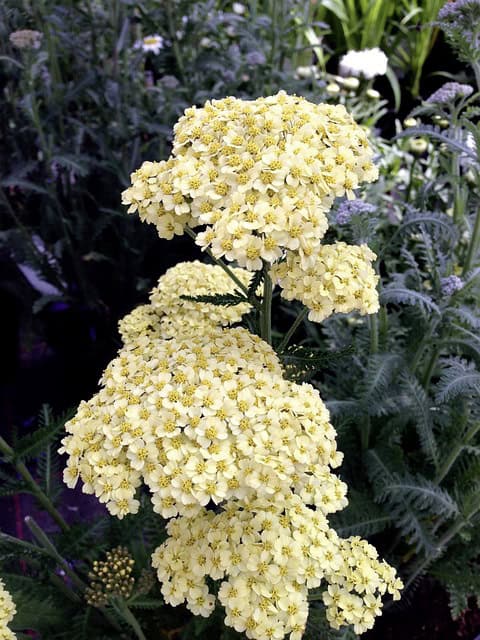
Yellow yarrow is an excellent addition to a child’s summer garden due to its hardiness and climate adaptability. Its fern-like leaves can inspire discussions about plant adaptations, making it ideal for environmental education. Planting yarrow allows kids to learn about medicinal herbs and their traditional uses, connecting gardening with history and culture. Engaging in art activities, such as creating yarrow flower prints, can further strengthen their connection to the natural environment. This flower also provides opportunities for children to practice sustainability by learning how to collect seeds for next year’s planting, encouraging a deeper appreciation for the gardening cycle.
Snapdragons
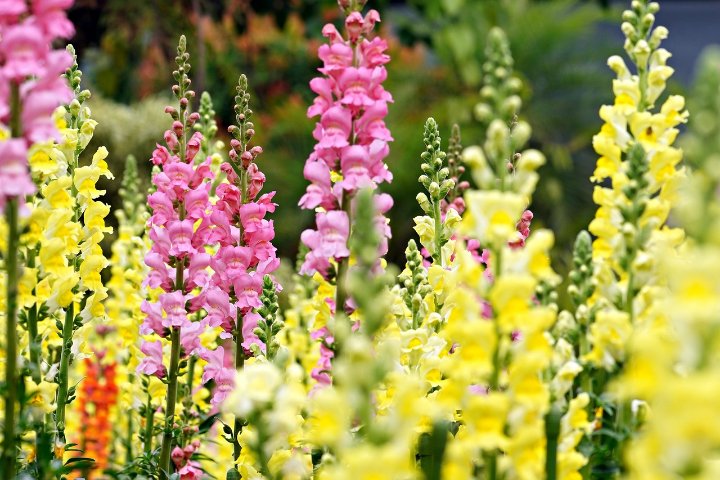
Snapdragons are playful flowers that reward curious kids with their unique shape and fun “snapping” action. Young gardeners can experiment by cultivating snapdragons in various locations to learn about how sunlight and shadow affect growth. Crafting projects can involve creating puppets or using snapdragons in imaginative games, turning garden play into whimsical storytelling. Snapdragons also attract beneficial insects to the garden, allowing children to become mini-scientists, observing and identifying different insect species in their environment. Creating a garden journal can promote awareness of seasonal changes and foster a sense of wonder about the growth process.
Nasturtium
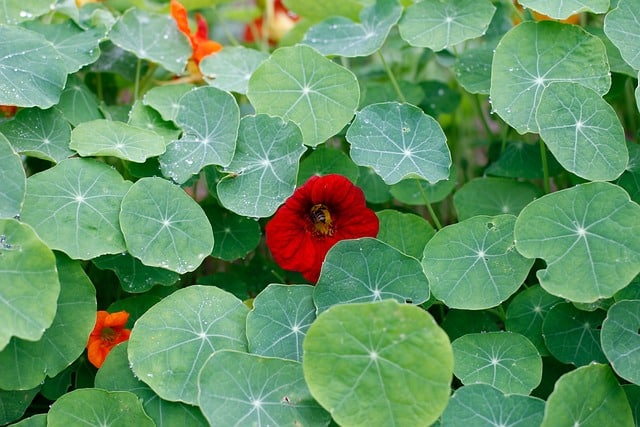
Nasturtiums are not only visually appealing, with their vibrant colors, but also serve a dual purpose as both ornamentals and edibles. Kids will enjoy discovering how to grow these flowers and learn about companion planting, as they can repel pests while supporting the health of vegetables in their gardens. Engaging in taste-tests with nasturtium leaves and flowers can initiate discussions about flavor profiles, textures, and healthy eating. Craft projects can also include creating gift baskets filled with nasturtiums, teaching children about gift-giving traditions as they share nature’s beauty with others.
Hydrangea
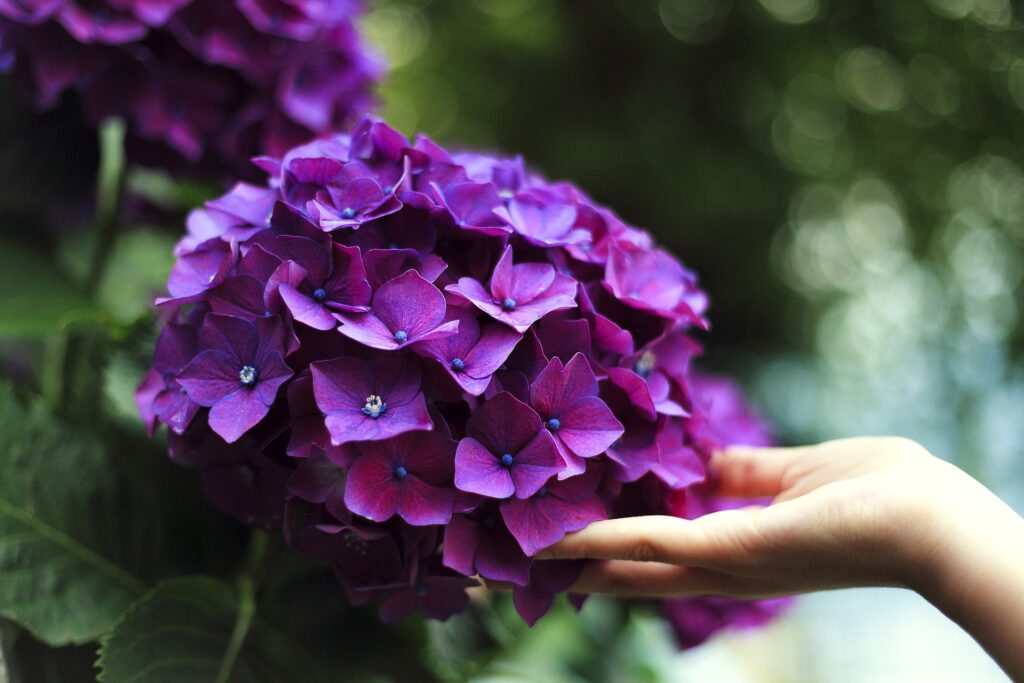
Hydrangeas provide a beautiful and fascinating backdrop for kids to explore nature. They change colors based on soil pH, enabling children to experiment with soil science. A hands-on project could involve creating a “hydrangea color chart” to document how various environments influence flower color. Fun art activities, such as painting hydrangea blooms or creating flower arrangements, can foster creativity while emphasizing aesthetics. Hydrangeas also attract helpful pollinators, encouraging children to consider the connections in nature and reinforcing conversations about the importance of maintaining healthy habitats.


